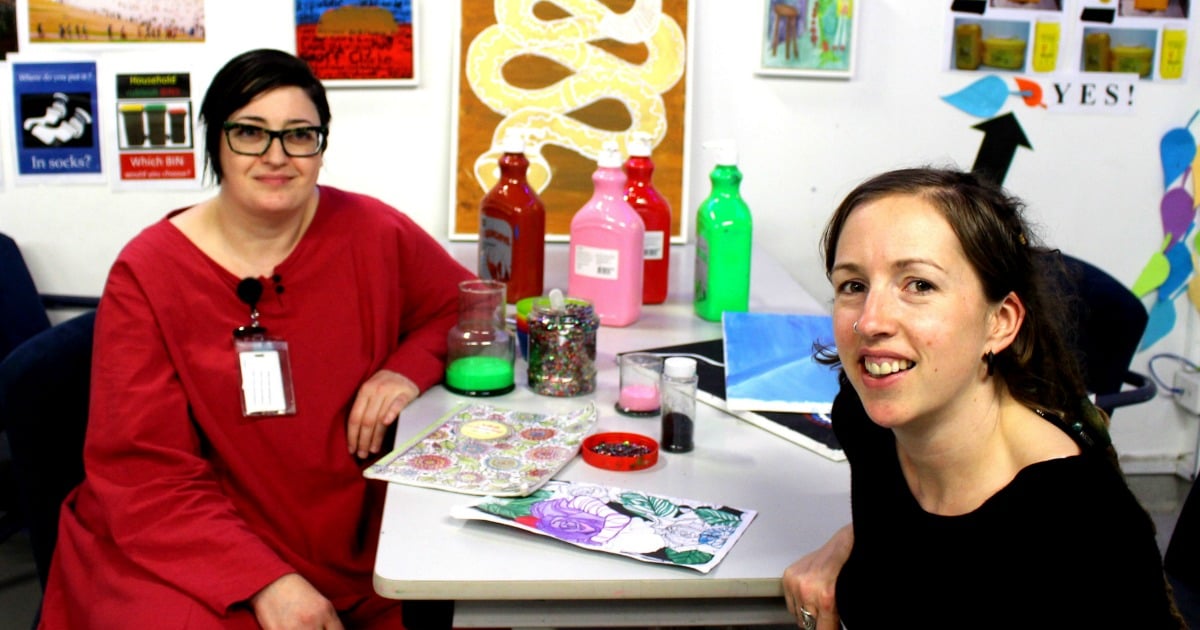Watching her student glide a paintbrush across a canvas, Sarah Hiley smiles and gives praise about the painting. Along with her colleague, Natasa Nikolic, she has overseen dozens of artworks being produced over the last two months in preparation of an upcoming art exhibition.
But being art tutors couldn’t be further away from their usual jobs as Health Education Officers at Australia’s only Uniting Medically Supervised Injecting Centre (Uniting MSIC).
The centre, which has been running in Sydney since 2001, allows people to inject drugs in a clean and safe environment with medically trained staff on hand should they overdose. The centre oversees on average 160 injections a day, eight overdoses a week and has never had a single death.
Seven years ago, as a pioneering idea, the centre decided to encourage its clients to turn their hands to painting as kind of therapy and promised to put their work on display.
“That first exhibition was only attended by four staff members and a dog, but it gave an incredible insight into what this event could do for our clients. We saw a massive positive impact,” explains Sarah.
“Our clients often don’t hear positive messages so it’s a confidence boost to suddenly be told they are good at something and have people want to look at their work. Looking at their talent breaks through the stereotype that people who use drugs are worthless. It makes them equal with everyone else.
“After last year’s event, one client enrolled at TAFE and is now undertaking an art course. Several others go to community run classes.”

